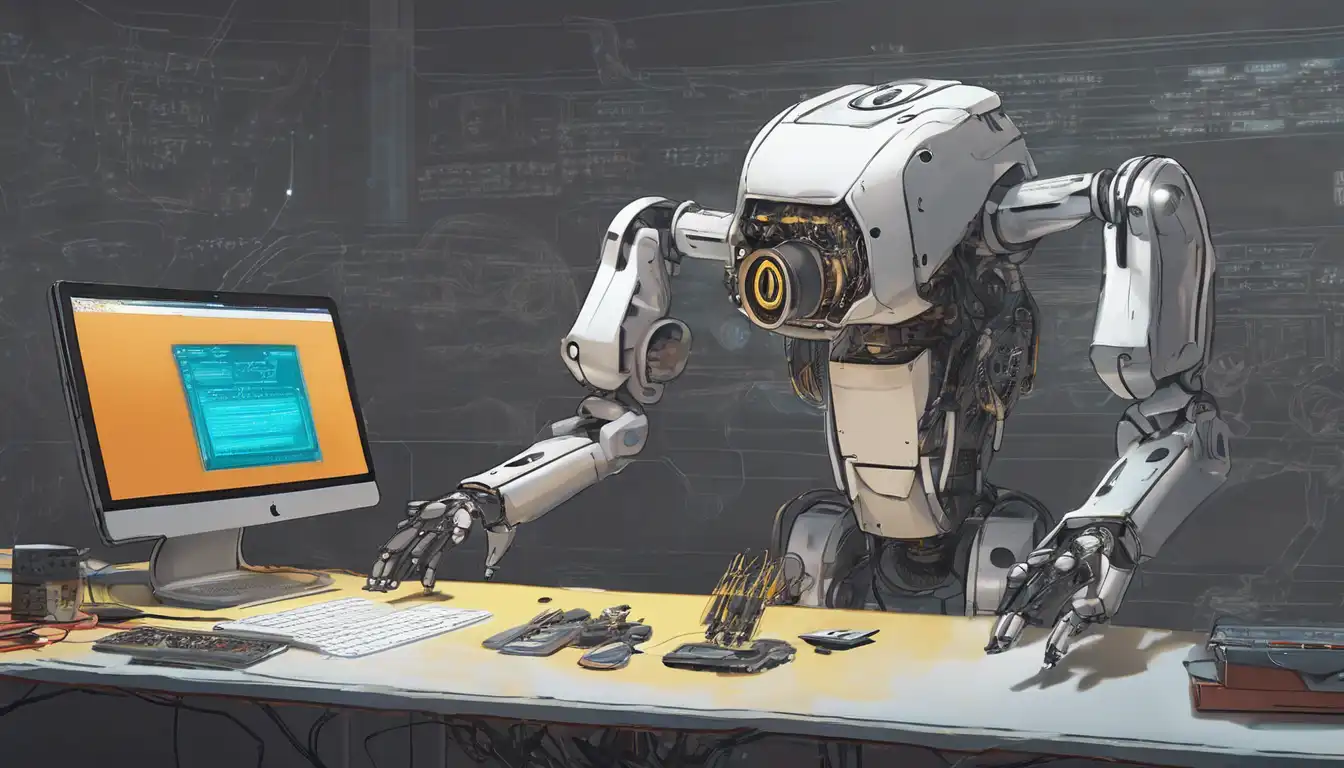Introduction to Robotics Programming
Embarking on the journey of robotics programming can be both exhilarating and daunting for beginners. This guide is designed to demystify the process and provide a clear, step-by-step approach to getting started with robotics programming. Whether you're a hobbyist looking to build your first robot or a student aiming to delve into the world of automation, this article will serve as your comprehensive roadmap.
Understanding the Basics
Before diving into coding, it's essential to grasp the fundamental concepts that underpin robotics. Robotics combines elements of mechanical engineering, electrical engineering, and computer science to create machines that can perform tasks autonomously or semi-autonomously.
- Mechanical Design: The physical structure of the robot, including its limbs, wheels, or other moving parts.
- Electronics: The circuitry and components that power the robot and enable it to interact with its environment.
- Software: The brain of the robot, consisting of algorithms and code that dictate its actions.
Choosing the Right Programming Language
Selecting an appropriate programming language is a critical step in robotics programming. Some of the most popular languages include:
- Python: Known for its simplicity and readability, Python is ideal for beginners.
- C++: Offers more control over hardware, making it suitable for performance-intensive applications.
- Java: Its platform-independent nature makes Java a versatile choice for robotics programming.
For those just starting out, Python is highly recommended due to its extensive libraries and community support.
Setting Up Your Development Environment
To begin coding, you'll need to set up a development environment tailored to robotics programming. This typically involves:
- Installing the chosen programming language and its IDE (Integrated Development Environment).
- Setting up a robotics simulation software, such as ROS (Robot Operating System), to test your code in a virtual environment before deploying it to a physical robot.
- Acquiring the necessary hardware components, such as microcontrollers (e.g., Arduino or Raspberry Pi), sensors, and actuators.
Writing Your First Robotics Program
With the basics in place, you're ready to write your first robotics program. Start with a simple project, such as programming a robot to move in a straight line or avoid obstacles. This hands-on experience will solidify your understanding of robotics programming concepts.
Exploring Advanced Topics
Once comfortable with the fundamentals, you can explore more advanced topics in robotics programming, such as:
- Machine learning and artificial intelligence for autonomous decision-making.
- Computer vision for object recognition and navigation.
- Swarm robotics for coordinating multiple robots to work together.
These areas offer endless possibilities for innovation and creativity in robotics.
Resources for Further Learning
To continue your robotics programming journey, consider the following resources:
- Online courses and tutorials from platforms like Coursera, Udemy, and edX.
- Books and publications on robotics and programming.
- Community forums and hackathons to connect with fellow enthusiasts and experts.
Remember, the field of robotics is constantly evolving, so staying updated with the latest trends and technologies is key to success.
Conclusion
Robotics programming is a fascinating and rewarding field that combines creativity with technical skills. By starting with the basics, choosing the right tools, and progressively tackling more complex projects, anyone can develop the expertise to bring their robotic visions to life. Embrace the challenges, and enjoy the journey of learning and discovery in the world of robotics programming.
